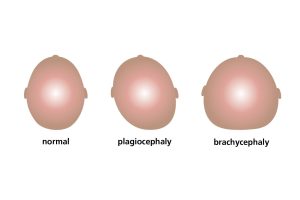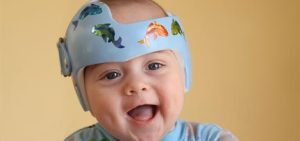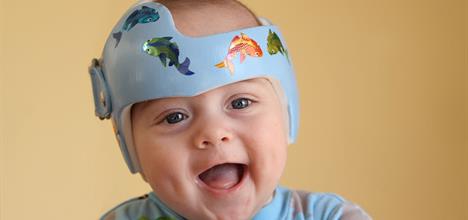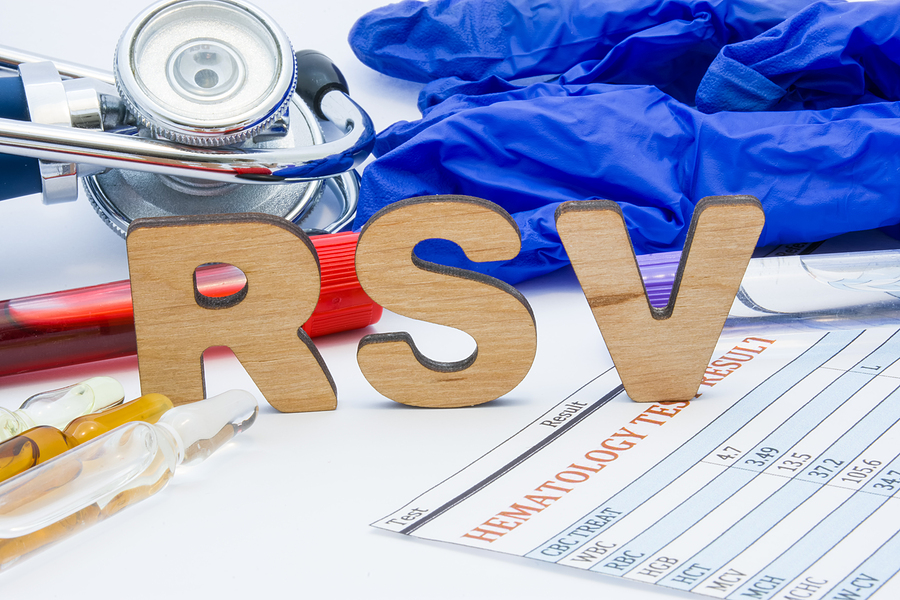By: Paige Kennedy-Winston, MD
A common question we get at the 2- and 4- month well child checks is: does my baby need a helmet? Head shape is something that is easy to focus on for growing infants as their head grows rapidly and can have all sorts of ridges, bumps, soft spots and flattened areas. Despite this, not every flattened head needs a helmet!
Let’s start with some definitions:
- Plagiocephaly: Flattening of a baby’s head on one side more than the other, resulting in an asymmetric shape.
- Brachycephaly: Symmetric flattening of the back of a baby’s head.

What causes plagiocephaly and brachycephaly?
These head shapes have various causes, but the biggest offenders include:
- Gaze preference: Some babies prefer to gaze in one direction which causes increased pressure on that side of the head
- Torticollis: Few babies have tightening of a muscle in the neck that restricts their ability to move their head in both directions
- Excessive time in baby-related containers: Excessive time in baby swings, bouncers, car seats, and other containers that restrict a baby’s free head movement can worsen these conditions.
How do I prevent my baby from developing a flat head?
- Increase time spent in tummy time or upright
- Reposition the baby to help them gaze/sleep facing the opposite direction
- Alternate the ways you hold your baby when carrying and feeding them
- Limit the baby’s time in car seats, rockers, bouncers or other “containers.” Floor time helps them move freely
- Unswaddle your baby (if your baby prefers a swaddle to sleep, you can consider keeping the swaddle for nighttime sleep only!)
- Your provider may refer them to physical therapy to work on stretching exercises, loosening of tight muscles, and more.
How do I fix a flattened head once it develops?
- No need: In the majority of cases, the flattened head shape is cosmetic. It is rarely medically necessary to have a helmet
- Time: In most cases, the head shape will improve over time as they start to spend more time sitting upright.
- Helmet: When correction is desired, we often refer for a helmet. These are ideally started between 4-8 months of life and work best when worn 23 hours per day. Oftentimes, there will be an initial screening appointment to determine the severity of the plagiocephaly. If deemed appropriate for your child, the helmets are custom-fitted to their head. They work by applying gentle, constant pressure to the prominent areas of the head to encourage growth in the flattened areas. And, don’t worry, most babies aren’t bothered by the helmet. In most cases don’t even notice that it is there!

If you have more questions, here is a great article from HealthyChildren.org or reach out to your provider via the portal!
[Cover Photo Credit: HealthyChildren.org]







